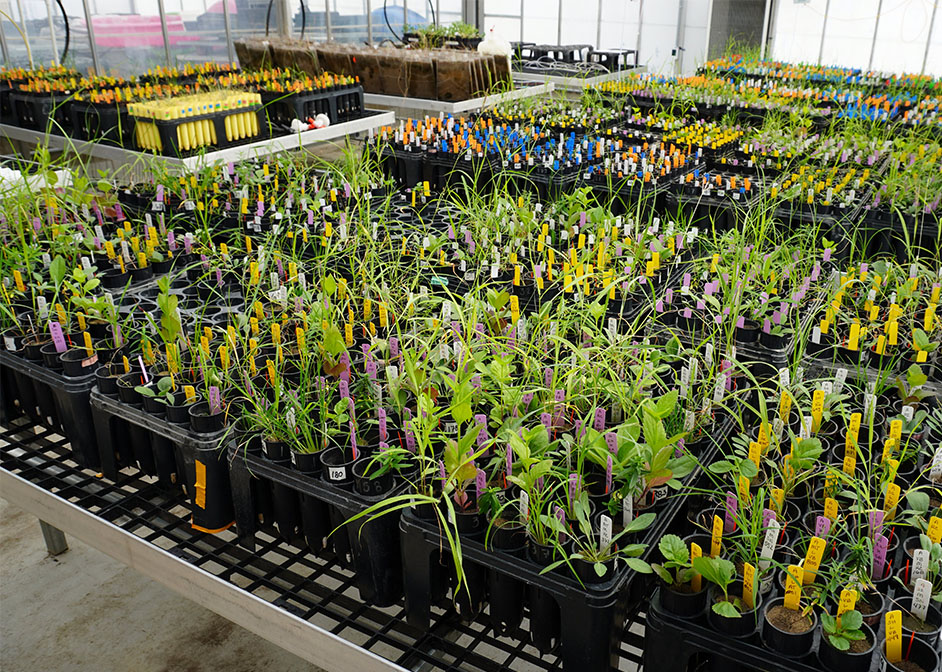- 03/28/2022 11:01:06 AMUH Researchers Find Climate Change Can Decrease Coastal Prairie Plant DiversityNature Ecology and Evolution study reveals precipitation’s effect on plant-soil interaction.https://www.nature.com/articles/s41559-022-01700-7
 Biology & Biochemistry
Biology & Biochemistry
